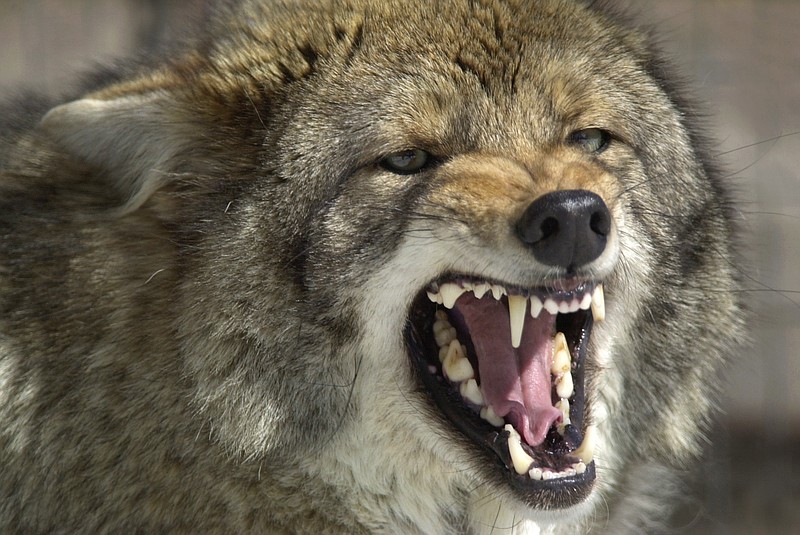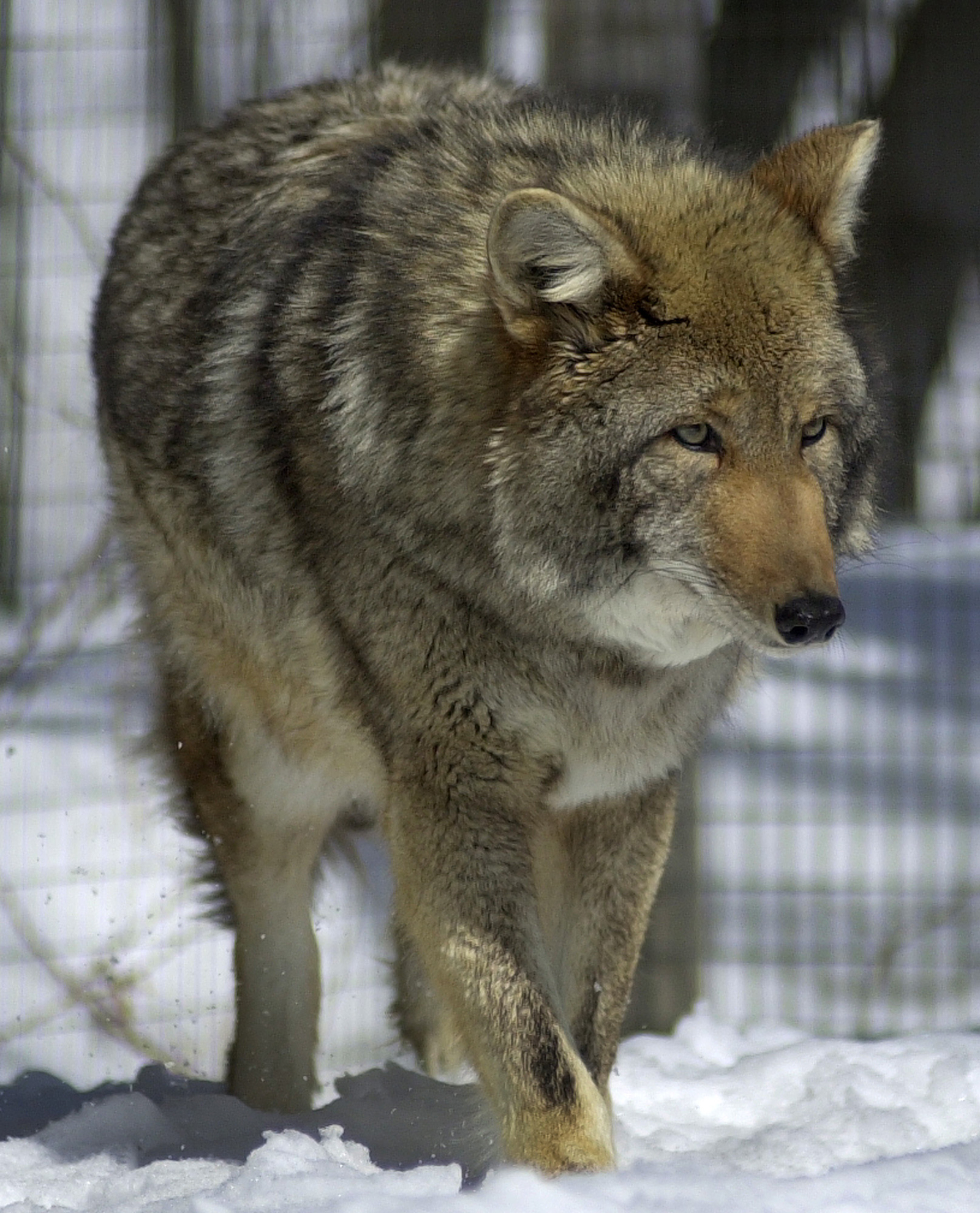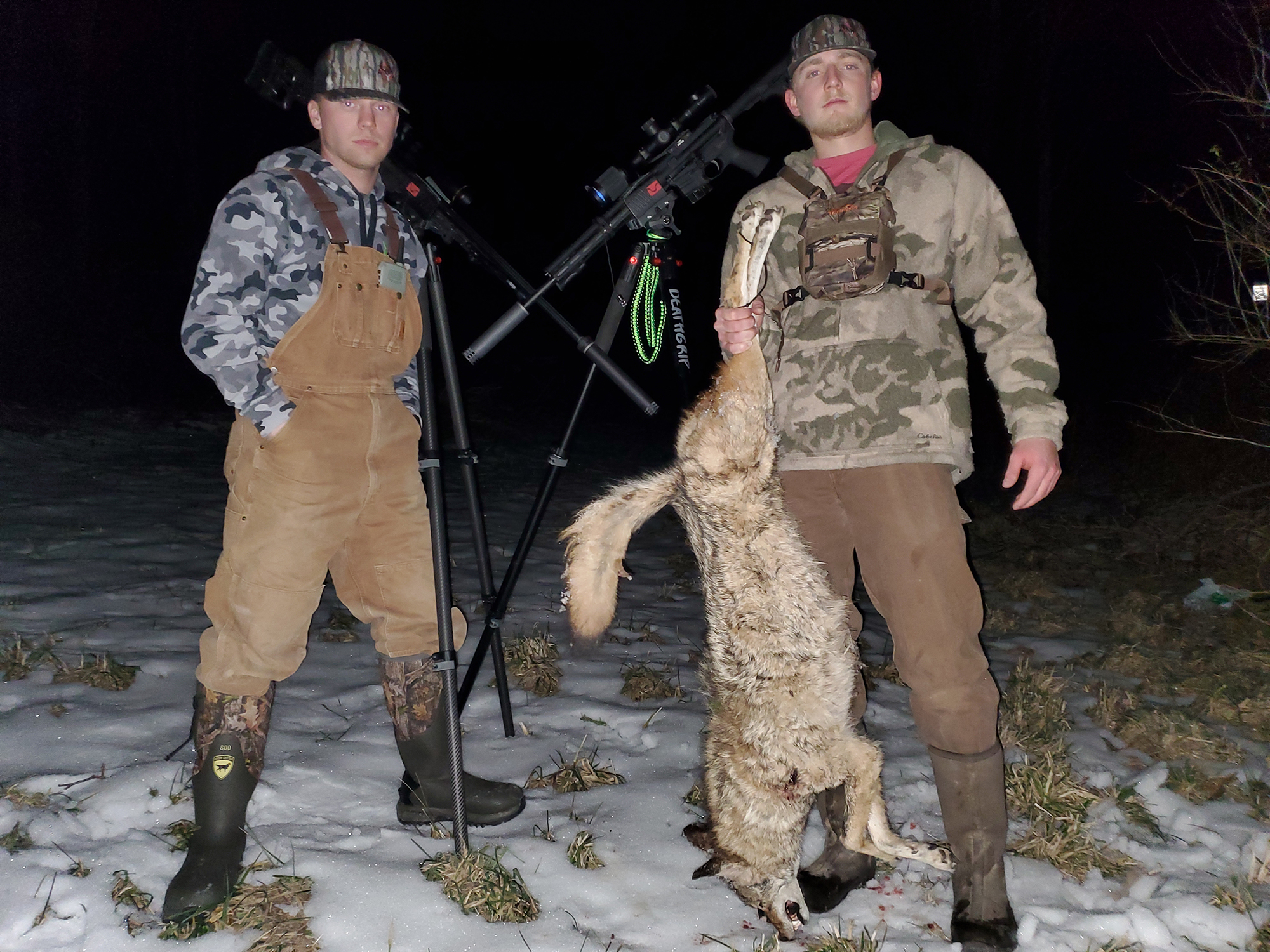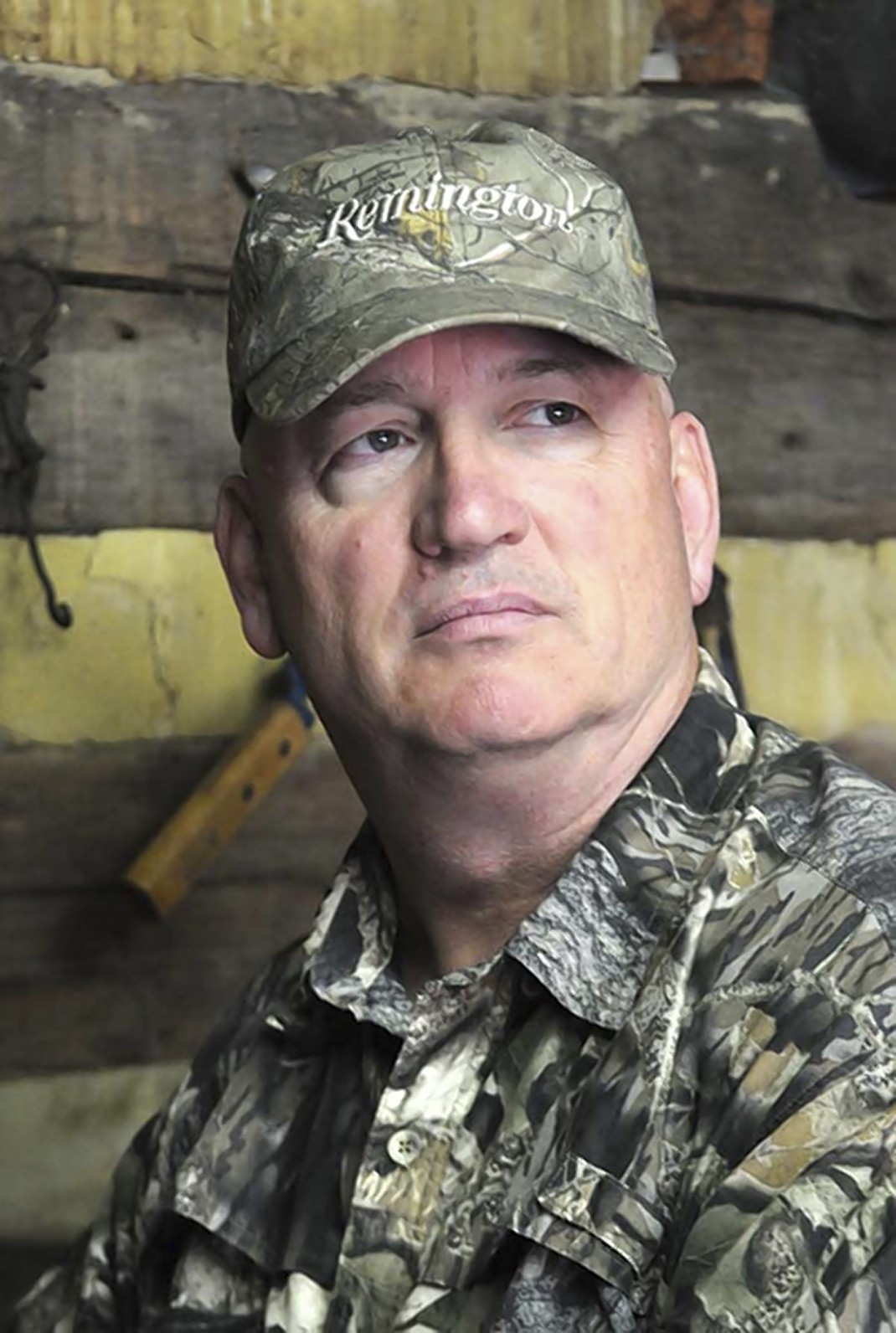It's about 20 degrees as I stumble along in the dark following my two guides, Connor Boothe and Tyler Sams. With about a gazillion stars overhead it is still very dark, and I try not to make too much noise. The bare cornfield that we are walking in is covered in frozen snow and mud, and it is hard to be quiet.
My young friends (no cracks about my age, please) set up the electronic predator call and AR-15-style rifles on tripods with a thermal imaging scope mounted on each gun. The predator call is turned on, and the cold night air is filled with the howls, yips and snarls of what sounds like a nasty coyote domestic dispute. Connor and Tyler calmly scan the area before us while looking for Wile E. Coyote to show. I watch quietly and shiver in the darkness of Monroe County, West Virginia.
In the outdoors and hunting world, maybe no animal draws as much controversy as the coyote. We hunters argue about where they came from, what animal they actually are, what they eat and how they behave. To many hunters, the coyote is the spawn of Satan, and they blame the yodel dog for everything. Deer and turkey numbers down? Too many coyotes. Turkeys won't gobble, the grouse have disappeared along with the rabbits and the stock market is down? It's the coyotes' fault. (OK, I made that last one up.)
Now don't get me wrong: The coyote is a predator, and they certainly eat deer, rabbits and anything else they can catch. Coyotes eat other animals to survive, and above all else, the coyote is a survivor.
To put an even finer point on this, we are talking about the eastern coyote, and he is definitely a different varmint than his western cousin. As noted earlier, the ancestry and where the eastern coyote actually came from is the cause of some controversy. Many wildlife biologists and scientists agree the coyote we now have over much of the eastern United States is a coyote and wolf mixture with maybe a touch of domestic dog mixed in. In truth, I have always been skeptical of the part wolf theories, but DNA testing doesn't lie. There is no doubt the eastern coyote is much bigger than his relatives out west and has a much more varied fur color scheme.
Exactly why we have coyotes now in every state east of the Big Muddy is even more cause for argument. (Please, no mention of the tired old myth of how DNR agencies in various states brought them in by the truckload.) Coyotes started an eastward migration many years ago, but what many may not know is scientists have documented the canine also moved south and west from the northeastern part of the country and may have picked up some gray wolf ancestry from the Great Lakes area.
Wherever they came from and whatever they are related to, the fact is the eastern coyote is here and probably always will be. Predator hunters like my friends Connor and Tyler love to hunt them, and they figure whatever coyotes they can take helps out with the deer and turkey population while also helping farmers limit raids on domestic animals, including livestock such as cattle, chickens and sheep. Also, in case you didn't know, coyotes love to prey on house cats and small dogs, and they are not bashful about coming close to your house to do so.
Connor and Tyler have been in this game since they were kids - Connor took his first coyote when he was 7 years old - and you can follow their hunting adventures on the Facebook page Appalachian Outdoor Addicts.
Back in the cold darkness, Connor whispers to his cousin: "Are you on him, Tyler?"
They have been watching an incoming coyote for several minutes, and he is still several hundred yards out. The thermal imaging riflescope gives a bright, clear picture of the landscape and the approaching animal. The technology behind these optics is fascinating to me, and I still don't pretend to know everything about it. In short, the lenses in the scope convert radiation - that is, the heat transmitted by most objects - into a picture of sorts. Even on this bone-chilling night, the landscape is clear: A bank of snow may appear in black, the ground and trees appear lighter and animals appear in bright white. You can clearly distinguish between cows, deer, a skunk or any other animal you may see.
On this night I have added my contribution to the equipment by mounting a SilencerCo suppressor on Connor's Savage MSR 15 Recon rifle. Since entering the suppressor world, I have learned a suppressor is definitely an advantage for hunting predators at night. Not only does the suppressor reduce the sound of the rifle, it reduces the muzzle flash to almost nothing, much more so than a traditional flash hider.
Conner and Tyler are practiced at this, and they do a three count before both pull their triggers on the approaching canine. These boys can shoot, and another predator is down for the count.
The eastern coyote is here as a permanent addition to the landscape. Predator control is a part of any game management program, and modern hunters like Conner and Tyler are doing their part to take out some coyotes. Maybe you will decide to join them.
"The Trail Less Traveled" is written by Larry Case, who lives in Fayette County, W.Va. You can write to him at larryocase3@gmail.com.



